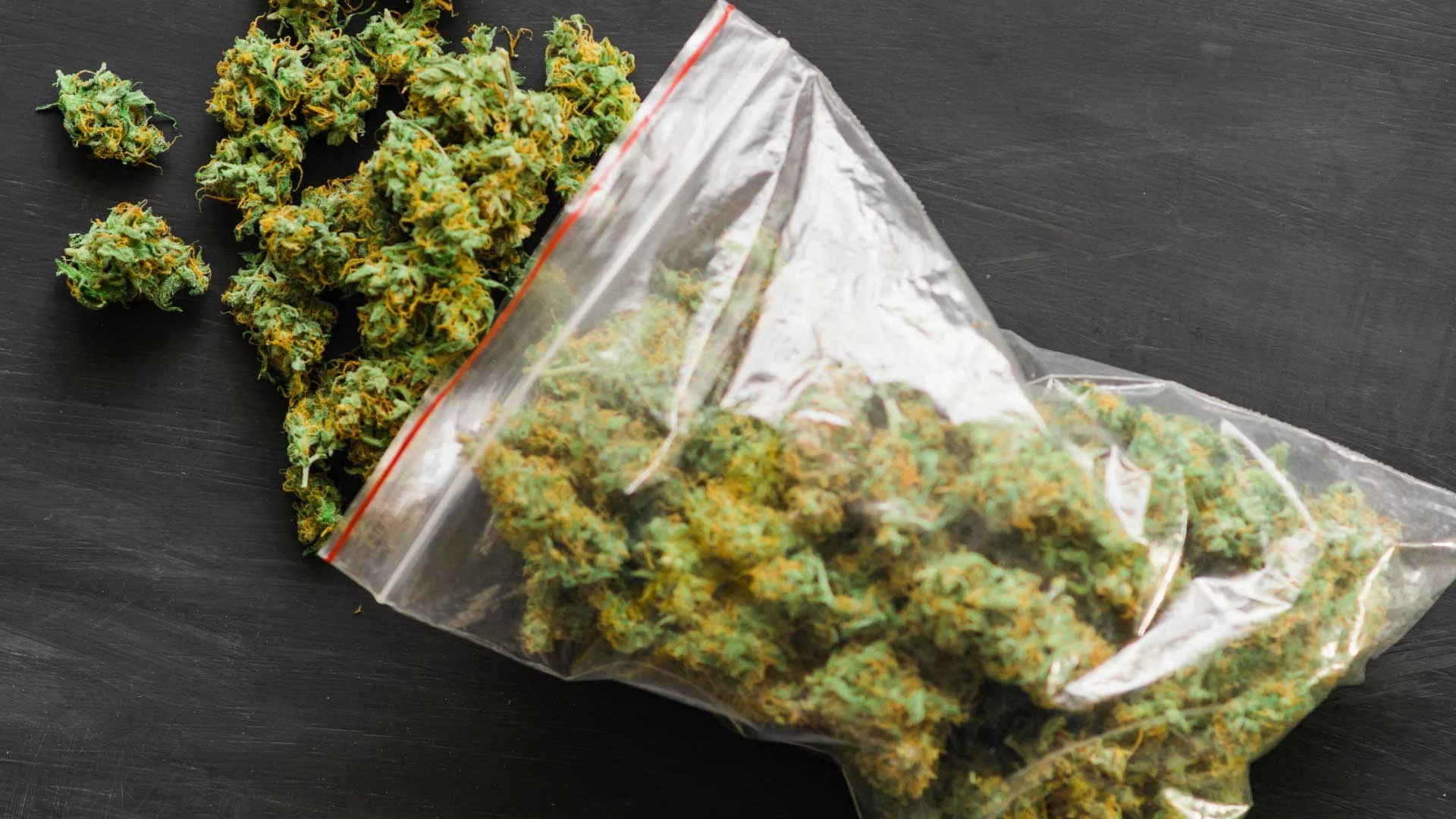Navigating the realm of medicinal marijuana for pain relief requires a comprehensive understanding of its applications and benefits. The therapeutic potential of marijuana can be attributed to its cannabinoids, THC and CBD. They interact with the body’s systems to ease pain. From the various strains and consumption methods to legal considerations, marijuana use requires mindful consumption and expert opinion. Whether you are seeking alternatives for chronic pain, exploring strains with specific terpene profiles, or understanding the evolving legal landscape, specialist guidance is necessary. Also, having your medical marijuana card Melbourne is crucial for this type of treatment.
This article explores the significance of medical marijuana as an effective method for pain relief. It also sheds light on the evolving healthcare landscape, where alternative medicines are increasingly acknowledged for their natural healing properties.
Brief Overview of Medicinal Marijuana (MMJ)
Medicinal marijuana, commonly known as MMJ, includes marijuana plants or their extracts to manage various medical conditions. The two main constituents of marijuana are THC and CBD. They exert therapeutic effects on the body and offer pain relief.
Moreover, medical marijuana can assist in managing symptoms associated with a range of health issues. However, MMJ experts are necessary for choosing marijuana responsibly and opting for the correct dosage.
Using Medical Marijuana for Pain Management
One of the most notable applications of MMJ is in the field of pain management. The cannabinoids in marijuana react with the body’s endocannabinoid system and alter pain perception and inflammation.
Studies indicate the role of marijuana in providing relief for individuals coping with chronic pain conditions. Moreover, it offers a potentially practical alternative approach to traditional pain management techniques. However, understanding its significance in pain management opens avenues for exploring holistic healthcare solutions.
Types of Pain
Pain has various types, and the treatment options vary depending on the nature of the pain. Here are some of the most common types:
Acute pain:
This pain comes on suddenly and lasts for a short period, usually less than three months. An injury or illness often causes it and serves as a warning signal to protect the body. Examples include stubbing your toe, a burn, or pain after surgery.
Chronic pain
This is pain that lasts for longer than three months. It can be persistent or come and go without any known cause. Examples include chronic back pain, migraines, and arthritis pain.
Nociceptive pain
Visceral pain originates from the internal organs within the body’s cavities, such as the thorax, abdomen, and pelvis. It is often described as a deep, aching, or gnawing sensation that can be difficult to localize. Examples include headaches, cuts, and sports injuries.
Neuropathic pain
It manifests due to damaged nerves or the spinal cord. It can feel like burning, shooting, or stabbing pain and may also be accompanied by tingling, numbness, or weakness. Examples include shingles, diabetic nerve pain, and phantom limb pain.
Psychogenic pain
Psychological factors, such as stress, anxiety, or depression, influence this type of pain. Examples include chronic tension headaches and fibromyalgia.
Visceral pain
This type of pain stems from inside the body, like organs, and appears crampy oraching. Examples include menstrual cramps, appendicitis, and kidney stones.
You must note that the role of a doctor is crucial in identifying the pain type and devising ways to cope with it. Therefore, speaking with a doctor is necessary if you have any pain sensations.
Role of MMJ in Managing Pain
Marijuana includes cannabinoids that engage with the human body’s endocannabinoid system, impacting diverse physiological processes, notably pain perception. The primary cannabinoids, delta-9-tetrahydrocannabinol (THC) and cannabidiol (CBD) have significant roles.
Role of THC
This psychoactive compound binds to CB1 receptors in the brain and spinal cord, disrupting pain signals and altering pain processing in the brain, thereby reducing pain perception.
Role of CBD
As a non-psychoactive compound, CBD offers anti-inflammatory and analgesic properties. Moreover, it interacts with both CB1 and CB2 receptors in the ECS, and influences immune responses while reducing inflammation and offering pain relief.
Cannabinoids modulate neurotransmitter release and impact receptors involved in pain regulation, contributing to pain relief. However, individual effectiveness may vary, necessitating further research for a comprehensive understanding of cannabinoid applications in pain management. Thus, the guidance of an MMJ doctor is pivotal for navigating the certification process.
Speaking with an MMJ Doctor
Consulting with medical marijuana doctors is pivotal in identifying the most effective marijuana product for pain management and relief. They streamline obtaining an MMJ card, ensuring a straightforward experience in Florida. The steps involve:
- Discussing symptoms with a doctor.
- Booking a health evaluation and getting a marijuana recommendation from an MMJ doctor.
- Submitting a marijuana card application to the Florida Department of Health.
- Payment of application and registration fees totaling $75.
- Approval of your application.
- Visiting a licensed medical marijuana dispensary.
Upon approval, you can promptly visit a licensed dispensary to buy medical marijuana. Prominent Florida dispensaries like The Cannabist and Liberty Health Sciences offer quality options for your health needs.
Benefiting from various Marijuana Products
Marijuana products offer diverse benefits, catering to medicinal users who look forward to reaping health advantages. Cannabis flowers, commonly smoked or vaporized, induce relaxation and euphoria.
Edibles provide a discreet alternative, delivering prolonged effects. On the other hand, tinctures and oils offer precise dosing for medicinal purposes, easing pain, anxiety, and insomnia. Also, topical creams infused with cannabinoids provide localized relief from inflammation and chronic pain.
CBD-dominant products, low in THC, are non-psychoactive and favored for therapeutic applications. Moreover, the versatility of marijuana extends to concentrates like wax and shatter, offering potent and immediate effects. Nevertheless, the potential benefits of marijuana continue to expand, making it a dynamic and evolving field of exploration.
Conclusion
Due to the pain-relieving nature of medical cannabis, it can be used to address a variety of health issues. However, you must speak with a marijuana doctor Melbourne to add this drug alternative to your medicinal regimen. By talking with our doctors, you can get your health evaluated and apply for a marijuana card to use cannabis for pain relief legally. My Florida Green can ease your journey toward medical marijuana certification.














